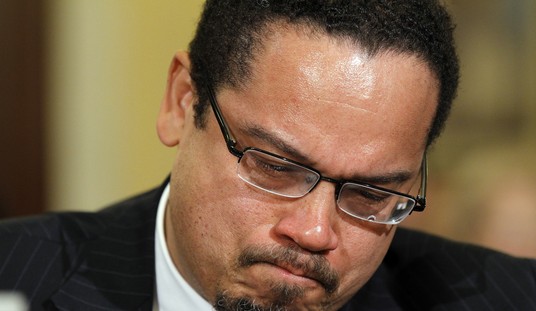No politics here, and no recriminations for this being overdue either. It’s just good to see the federal government take a hard look at a critical medical issue and take steps to save lives in a real manner — especially for those of us with real-life transplant issues:
The Trump administration this week will announce a series of initiatives to encourage more kidney transplants and treatment at home, the start of a process intended to overhaul a market in which the federal government spends more than $100 billion per year.
President Donald Trump is slated to unveil the strategy in a speech Wednesday morning and is eyeing additional actions like a possible executive order, according to four individuals with knowledge of the upcoming announcement.
HHS also will announce new payment models intended to shift treatment for patients with chronic kidney disease away from standalone clinics, arguing that receiving dialysis at home is both safer for patients and more cost-effective, individuals familiar with the plan said.
We’ve been through four transplants in our family, all involving the First Mate — three kidneys and a pancreas, the latter of which cured her lifelong brittle diabetes. We do worry about availability if the need arises for another kidney, and about the efficacy of long-term dialysis if a wait ensues. The altruistic model of organ donations has its merits, but it combines up with bureaucratic snarls developed over several decades to create constant shortfalls of both cadaver and live organ donations.
The new policy won’t disturb the altruistic model, but it will start addressing the bureaucratic snarls. It’s already getting praise for its reach:
In all, the government believes it can make 17,000 more kidneys and 11,000 more hearts, livers, lungs and other organs available for transplant every year, as well as save money for Medicare and Medicaid, which cover much of the cost of dialysis and transplantation. The United States has a severe shortage of tranplant organs. More than 113,000 people are waiting for them; most need kidneys.
“These are all good ideas. I’m impressed, very impressed,” said Tommy Thompson, who worked to boost organ donation when he was secretary of Health and Human Services under President George W. Bush. “They are finally modernizing organ procurement.” …
A key to boosting transplantation will be cracking down on “organ procurement organizations,” the 58 nonprofit groups that collect organs from deceased donors and send them to transplant centers for implantation. Each OPO holds a monopoly over a chunk of U.S. territory and collects and reportsits own data on how successful it is. Some poor performers have manipulated the numbers, researchers have shown. …
Trump also will instruct Azar to improve the process of matching kidney donors to recipients, as well as the speed of delivery, to reduce discards of usable organs. A Washington Post analysis of 2.7 million death records from 2016 showed that by expanding the pool of donors to older and slightly less healthy people, the transplant system could yield more than 75,000 organs for transplant annually–enough to put the nation on pace to wipe out organ waiting lists within a few years.
Another Trump proposal would increase payments to live donors of kidneys and livers to cover more of their expenses, possibly including lost wages and child care.
For those advocating a more market-based approach of flat-out paying for organ donations, this will fall short of their attempts to shift entirely to a new model. However, increasing the scope of cost-covering payments will likely expand the live-donor base in the meantime, and it also shows that the administration is looking at costs from a practical and holistic point of view.
The shift to home-based peritoneal dialysis is likely to create more controversy. Clinics have medical staff on hand for immediate address of emergency situations that can come up, but it’s a lot costlier too. (The Washington Post report details the differences.) As the home dialysis technology has improved, the incentives have not, leaving patients with little choice and the government on the hook for the biggest bills. It’s also very possible that the incentives could shift so dramatically in the other direction that patients who really require clinic supervision might find it difficult to qualify for it, but this is an area worth exploring for a happy medium.
Kudos for Donald Trump and his administration for taking a fresh look at this situation. That’s not to blame previous administrations for failing to address it, as the system works more often than it doesn’t, but it’s better to fix things before they really break. Our family will be very grateful if these reforms work out, as will taxpayers if we can both save lives and reduce costs at the same time.








Join the conversation as a VIP Member